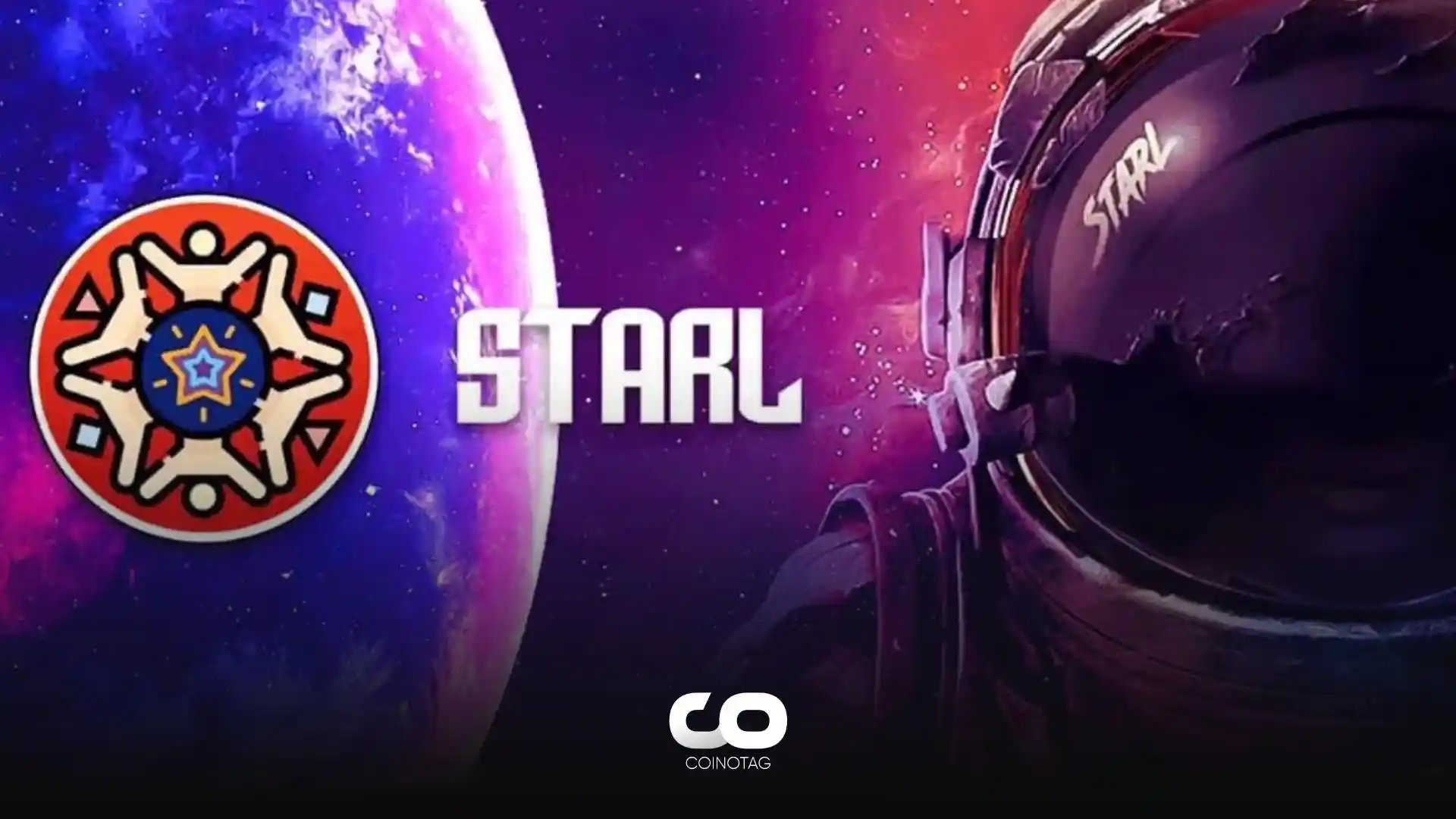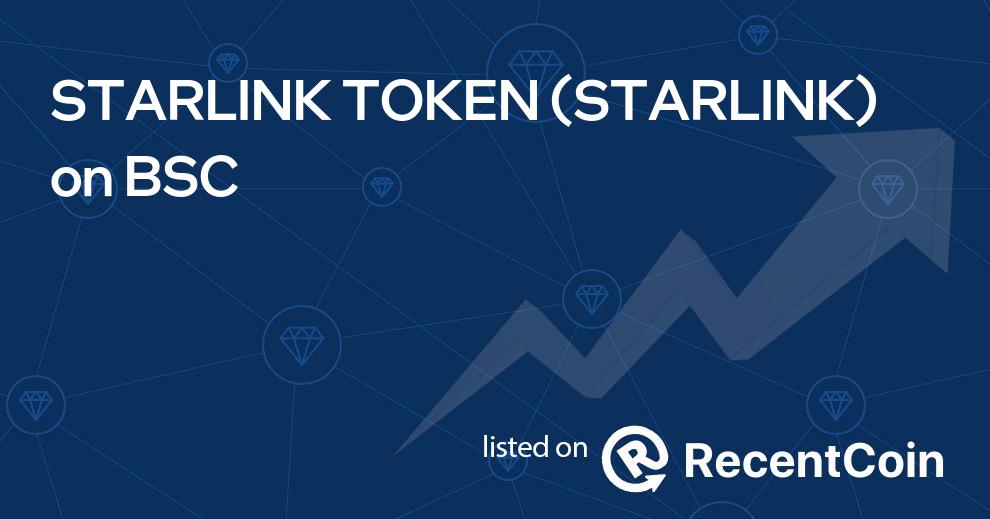Tokenomics
Starlink token - The tokenomics of Starlink are designed to incentivize long-term holding and participation in the Starlink ecosystem.
Finish your research with information from jason pizzino.
The total supply of Starlink tokens is 10 billion, with the following distribution:
- 40% (4 billion tokens) will be sold to the public through a series of token sales.
- 30% (3 billion tokens) will be reserved for the Starlink team and advisors.
- 20% (2 billion tokens) will be used to fund the development of the Starlink network.
- 10% (1 billion tokens) will be used to reward users for participating in the Starlink ecosystem.
Token Utility
Starlink tokens can be used to:
- Pay for transaction fees on the Starlink network.
- Stake to earn rewards.
- Vote on governance proposals.
- Purchase goods and services from the Starlink Marketplace.
Token Value and ROI, Starlink token
The value of Starlink tokens is determined by the demand for the tokens and the supply of the tokens. The demand for Starlink tokens is expected to increase as the Starlink network grows and more users adopt the token. The supply of Starlink tokens is limited, which means that the price of the token is likely to increase as demand increases.
The potential ROI for Starlink tokens is high. The token is still in its early stages of development, but it has the potential to become a major player in the satellite communications market. As the Starlink network grows and more users adopt the token, the value of the token is likely to increase significantly.
Technology and Infrastructure
The Starlink network is underpinned by a robust technological framework and a comprehensive infrastructure that enables seamless connectivity and data transfer.
At its core, the network utilizes advanced satellite technology, leveraging low-earth orbit (LEO) satellites to provide global coverage with low latency and high bandwidth.
Satellite Network
- The Starlink constellation consists of thousands of LEO satellites, each equipped with state-of-the-art communication systems.
- These satellites are strategically positioned in multiple orbital planes, ensuring uninterrupted coverage across the globe.
- The low altitude of the satellites minimizes latency, enabling near-real-time data transmission.
Ground Stations
- Ground stations serve as gateways between the satellite network and terrestrial infrastructure.
- These stations are strategically located around the world to facilitate data exchange between satellites and user terminals.
- Ground stations are equipped with high-powered antennas and advanced communication equipment to ensure reliable connectivity.
User Terminals
- Starlink user terminals are compact devices designed to receive and transmit data from the satellite network.
- These terminals are typically installed on rooftops or balconies and require a clear line of sight to the satellites.
- The terminals are self-aligning and automatically track satellites, ensuring optimal signal reception.
Security Measures
- The Starlink network employs robust security protocols to protect user data and privacy.
- Data encryption is implemented at multiple levels, including satellite-to-satellite communication and satellite-to-ground communication.
- The network also utilizes advanced authentication and access control mechanisms to prevent unauthorized access.
Market Analysis

Starlink tokens operate within a competitive crypto market, where various factors influence their price and market trends. Key competitors include established cryptocurrencies like Bitcoin and Ethereum, as well as other satellite-based tokens.
Factors influencing the token's price include market demand and supply, global economic conditions, regulatory changes, and advancements in satellite technology. Additionally, the overall performance of the Starlink network, including its reliability, coverage, and data speeds, can impact token value.
Competitive Landscape
Starlink tokens face competition from other cryptocurrencies, including Bitcoin, Ethereum, and Binance Coin, which hold significant market share. Within the satellite-based token market, competitors include Helium and SpaceChain.
Obtain direct knowledge about the efficiency of band crypto through case studies.
- Bitcoin: Dominant cryptocurrency with a large market capitalization and established network.
- Ethereum: Popular platform for decentralized applications and smart contracts.
- Helium: Decentralized wireless network provider using Helium tokens.
- SpaceChain: Blockchain platform for space applications and satellite data.
Market Trends
The Starlink token's price has exhibited volatility, influenced by market conditions and developments within the crypto industry. Key trends include:
- Correlation with Bitcoin: Starlink tokens often follow price movements of Bitcoin, as the broader crypto market tends to move in tandem.
- Satellite Network Expansion: As Starlink expands its satellite constellation, increased network coverage and reliability could drive token demand.
- Regulatory Changes: Government regulations and policies can impact the crypto market and influence token prices.
- Technological Advancements: Innovations in satellite technology, such as improved data transmission speeds, can enhance the value of Starlink tokens.
Adoption and Use Cases: Starlink Token
Starlink tokens are gaining traction in various real-world applications, particularly within the telecommunications and aerospace industries.
Beyond these core sectors, the token's potential for wider adoption extends to industries such as logistics, healthcare, and finance, where its unique characteristics offer compelling benefits.
You also can understand valuable knowledge by exploring luna 2.0 crypto.
Telecommunications
- Satellite-based internet connectivity: Starlink tokens enable seamless internet access in remote and underserved areas, empowering businesses and individuals to stay connected.
- Mobile data services: The token can be integrated into mobile networks to provide affordable and reliable data services, particularly in developing regions.
Aerospace
- Satellite communications: Starlink tokens facilitate secure and efficient satellite communications for commercial and military applications, including navigation, telemetry, and data transfer.
- Space exploration: The token supports the development and operation of space missions, providing funding for research, technology advancement, and space exploration initiatives.
Roadmap and Development

The Starlink team has a clear roadmap for the development of the project, with a focus on delivering a robust and scalable network. The team is committed to continuous innovation and research to ensure that Starlink remains at the forefront of the satellite internet industry.
Upcoming Milestones
- Phase 1: Launch of the first Starlink satellites into orbit, providing initial coverage to select regions.
- Phase 2: Expansion of the satellite constellation to provide global coverage, with a focus on underserved and remote areas.
- Phase 3: Development of advanced technologies, such as laser inter-satellite links and high-throughput satellites, to enhance network performance and capacity.
Team Vision and Future Plans
The Starlink team envisions a future where high-speed, low-latency internet connectivity is accessible to everyone, regardless of location. The team is committed to working towards this goal by continuing to invest in research and development, expanding the network, and exploring new partnerships and collaborations.
Ongoing Research and Innovation
The Starlink team is actively engaged in ongoing research and innovation to improve the network's performance and capabilities. This includes:
- Development of new satellite designs to reduce latency and increase bandwidth.
- Exploration of advanced modulation techniques to enhance data transmission efficiency.
- Research into new antenna technologies to improve signal reception and reduce interference.
Community and Engagement
The Starlink token community is a vibrant and engaged group of individuals who share a common interest in the project's mission and vision. The community is diverse, with members from all over the world and from various backgrounds.
The level of engagement within the community is high, with members actively participating in discussions, sharing ideas, and providing support to one another. The community is also very supportive of the Starlink project, and members are often involved in promoting the project and its benefits.
Key Influencers and Thought Leaders
There are a number of key influencers and thought leaders in the Starlink token ecosystem. These individuals are often highly respected within the community and their opinions carry a lot of weight. Some of the most notable influencers and thought leaders include:
- Elon Musk: The CEO of SpaceX and Tesla, and the founder of the Starlink project.
- Gwynne Shotwell: The President and COO of SpaceX, and a key figure in the development of the Starlink project.
- Tom Mueller: The Vice President of Starlink, and a leading expert on satellite communications.
- Jonathan Hofeller: The Director of Starlink Marketing, and a key figure in the promotion of the project.
